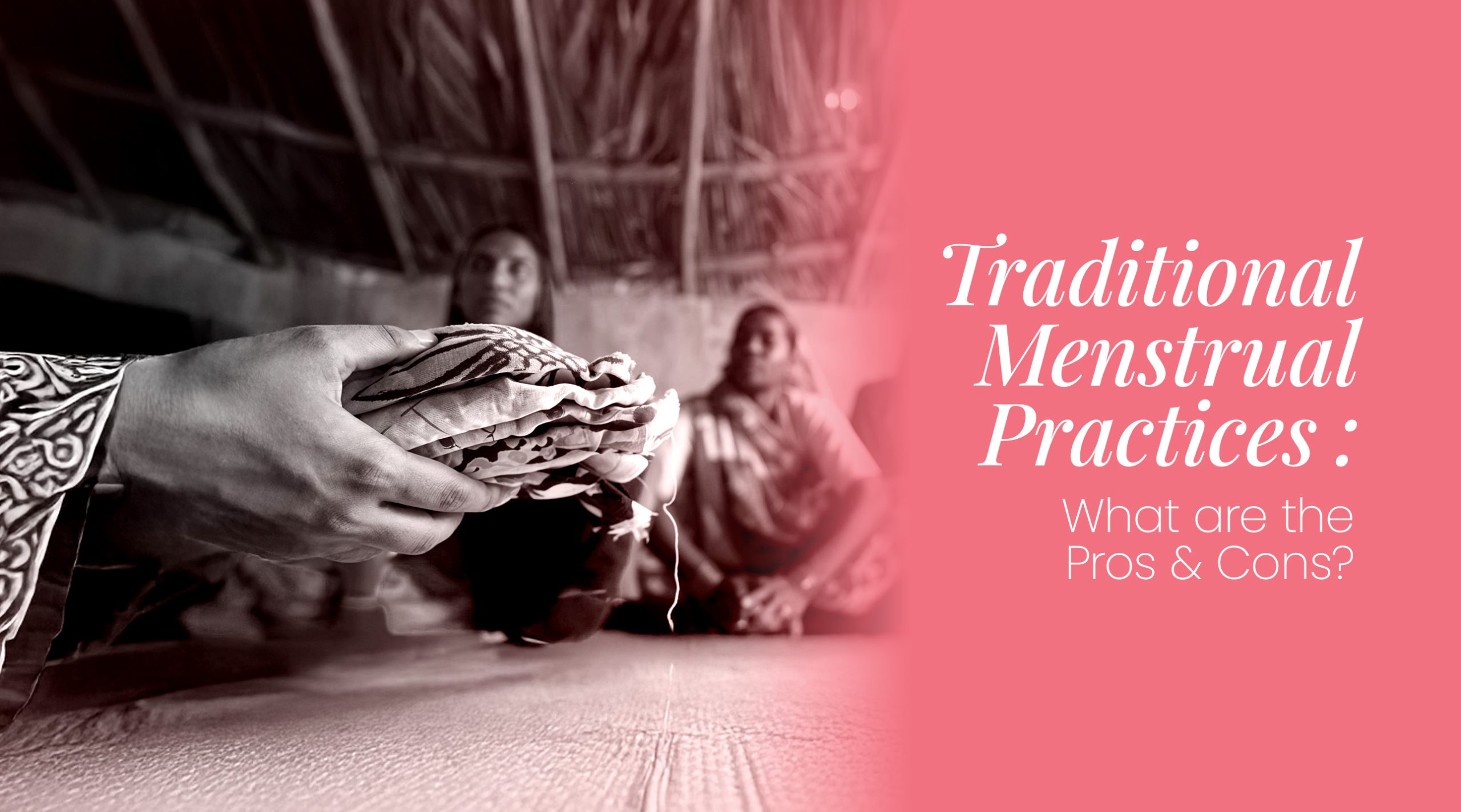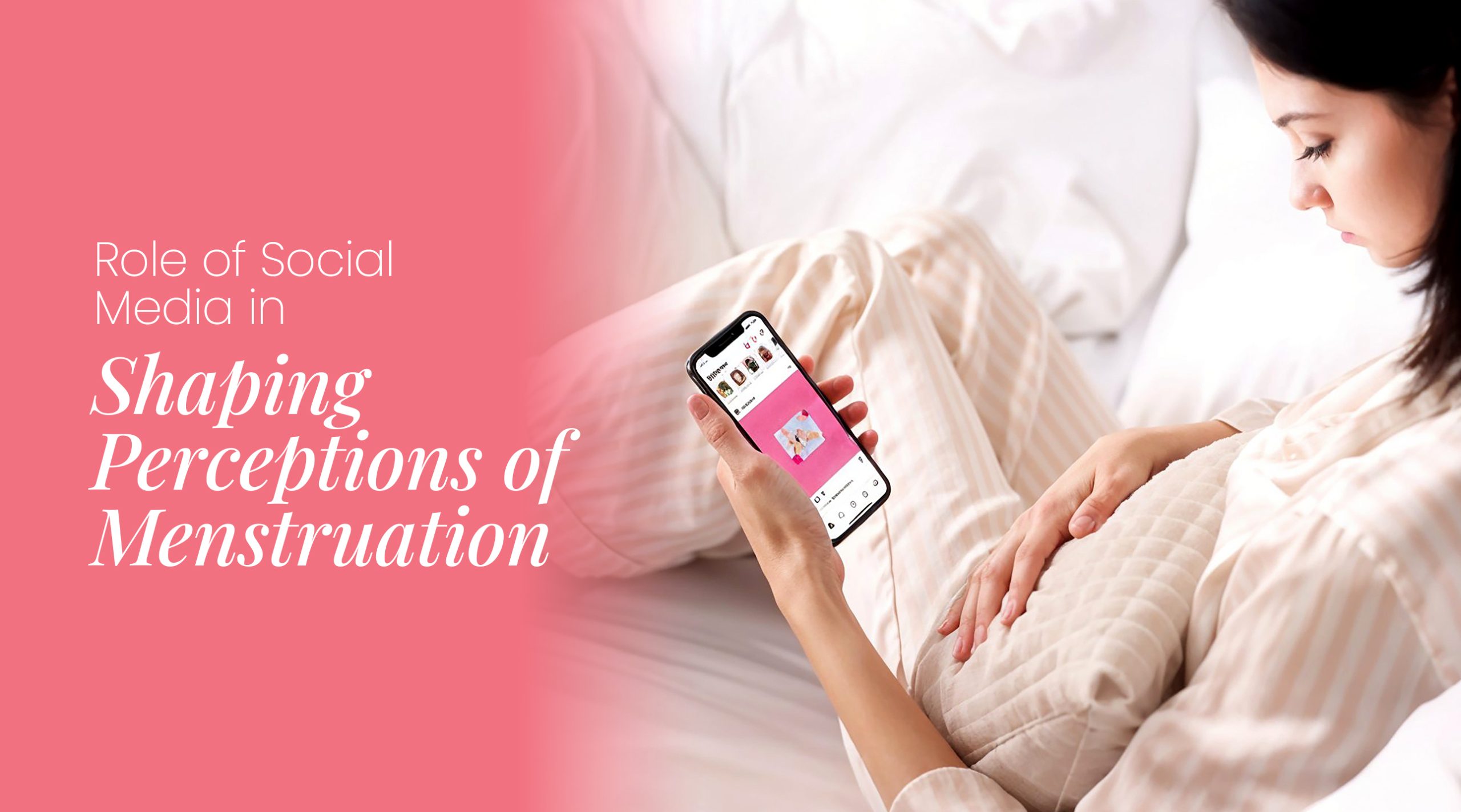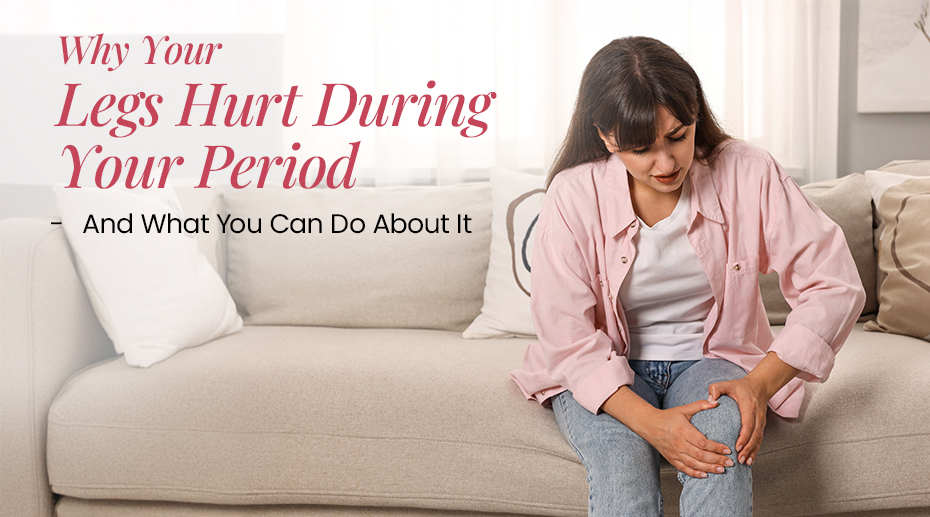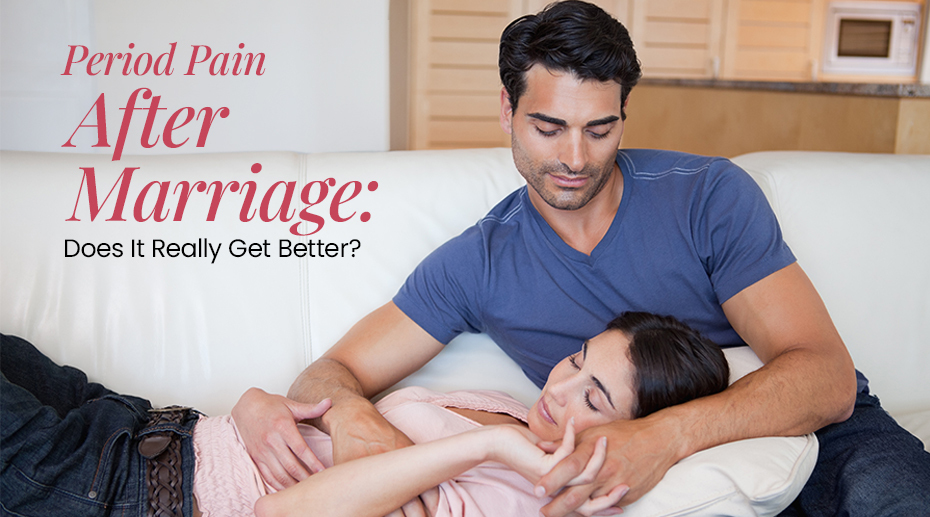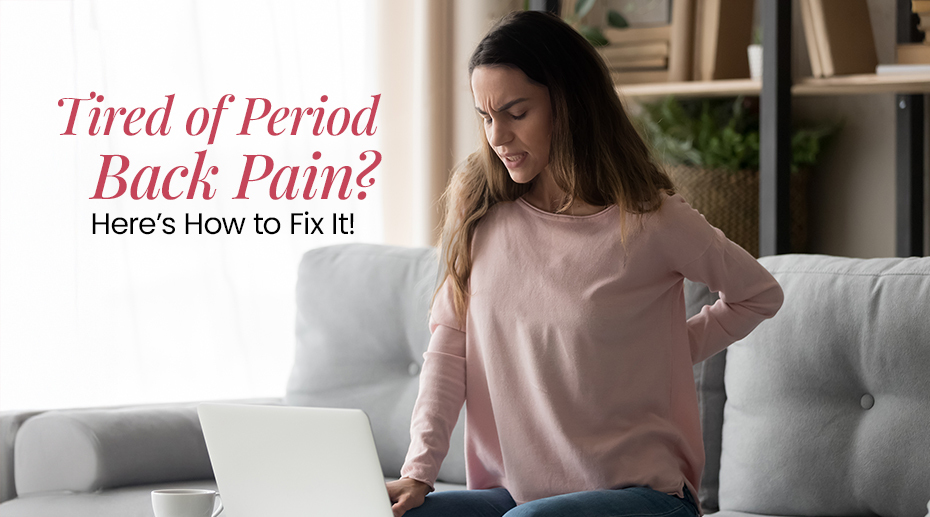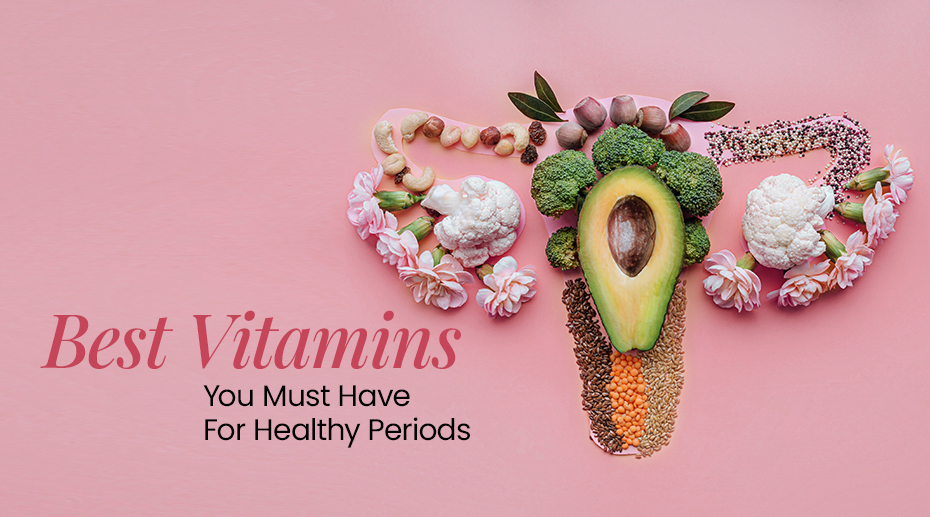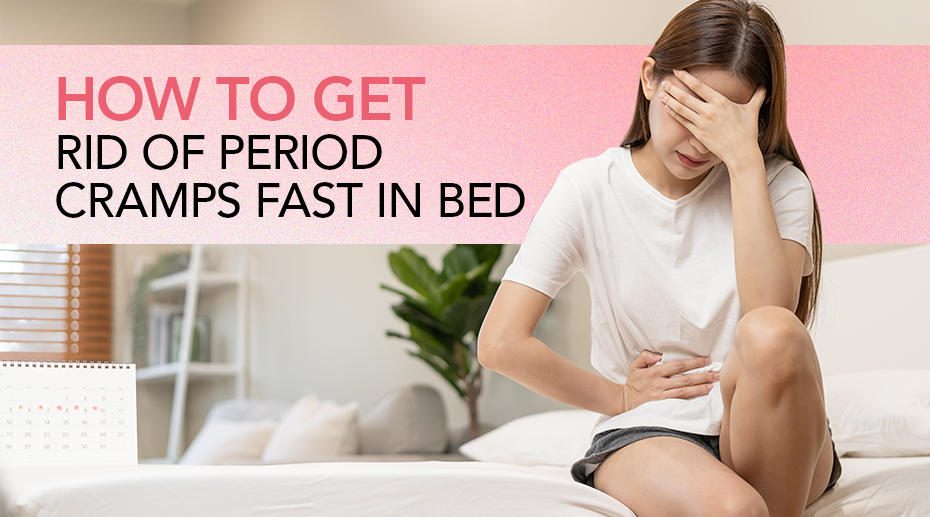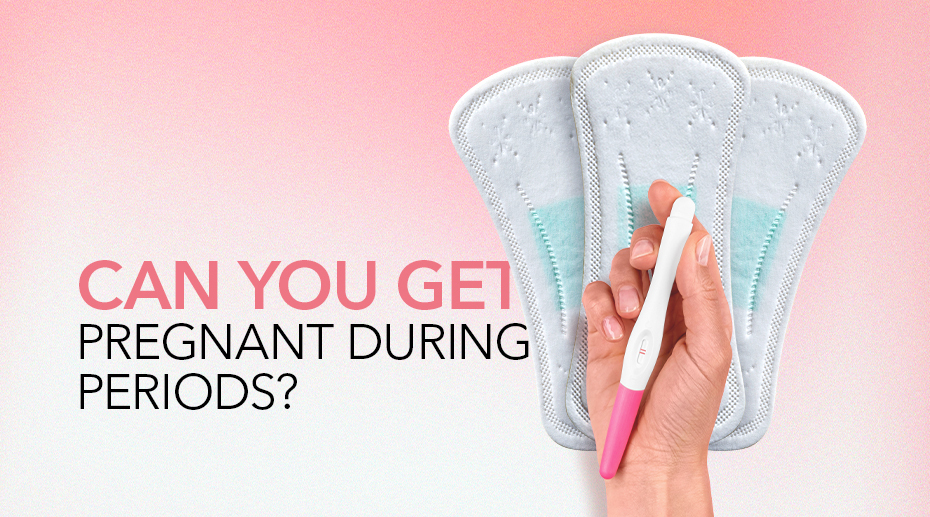
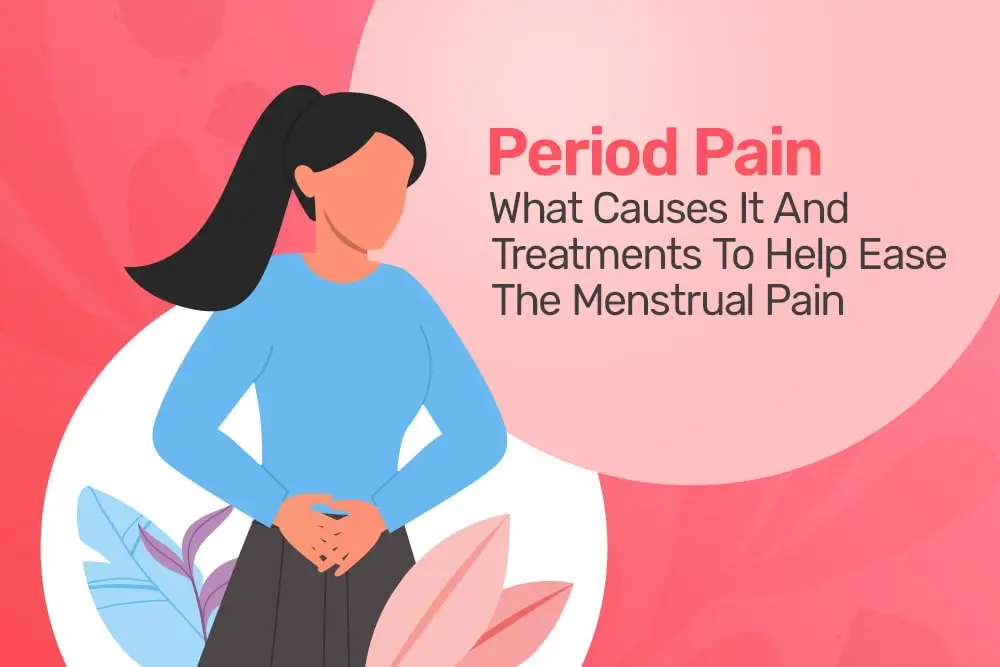
Types of Period Pain and Its Treatments Options
Period pain (also known as Dysmenorrhea) is a cyclic pain that is powerful enough to disrupt the daily routine of women. Bloating, tender breasts, mood swings, fatigue etc. are other symptoms that worsen the period pain and increase its intensity. Dysmenorrhea is throbbing, sharp, and painful pelvic cramping that radiates within the abdomen and lower back regions, sometimes spreading to the thighs. The squeezing muscles in the uterus cause pelvic nerves to experience pain.
Most women (almost 9 out of every 10 on the earth) experience period pain at some point in their life. However, women with low awareness and limited resources suffer more and therefore, complete knowledge about period pain’s origin, root causes, and treatment can help suffering women get rid of this irritating pain. If you are seeking ways to alleviate your menstrual pain, this post is for you. Keep reading!
Types of Period Pain
Primary Dysmenorrhea
Primarily occurring in teen girls and young women, primary dysmenorrhea is a pain that rises due to shedding the lining of the uterus and related contraction of muscles. This is a normal pain/discomfort that begins a few hours before the menstrual bleeding and stays up to two days. Childbirth and growing age subside the intensity of the pain experienced in primary dysmenorrhea and it becomes less effective eventually.
Secondary Dysmenorrhea
Primarily occurring in more mature women, secondary dysmenorrhea is a pain that rises due to an underlying condition (pathological) and doesn’t subside even after childbirth. The pathological situations that cause secondary dysmenorrhea include pelvic infections, endometrial cell growth leading to cysts, tumors of the uterine wall, chronic pelvic inflammation, etc. One must consult a physician to treat this type of period pain development.
Side Effects of Period Pain
Physiological Effects
The physiological effects of the periods vary from abdomen pain, and fatigue, to dizziness, and headache. Women also experience nausea and bloating. Vomiting and diarrhoea have also been reported by many menstruating women.
Psychological Effects
Menstrual cycles have a psychological impact on women and cause stress, irritation, dullness, low energy levels, etc. Mood swings can further develop depressive sessions and anxiety. Some symptoms can create panic and fear in women (especially in the teens who are less experienced)
Different Ways to Get Rid of Period Pain
Home Remedies for Menstrual Pain
Hot Water Bath
One of the commonly used home remedies for period pain relief is taking a hot water bath. You can also apply a heating pad to your pelvic region. According to some small studies, heat is effective in reducing menstrual pain by easing the muscles and soothing abdominal cramps through improved blood circulation.
Heating Pad
Apply heat pad to the lower abdomen to ease your menstrual cramps. This method helps to relax the muscles and reduces discomfort. Along with lower abdomen you can also apply to you back if you experience backpain during periods as applying heating pad helps to reduce inflammation and provide relaxation.
Consume Herbal Tea
Green tea with herbs like peppermint, chamomile, fennel, cinnamon, ginger, Holi basil, etc. is highly effective to reduce menstrual pain. These blended teas can bring down inflammation and provide natural relief from moderate to severe period pains.
Self-Care During Periods
Wear Loose and Comfortable Clothes
During menstruation, it is advisable to wear loose and comfortable clothing as it can help alleviate periods pain. Wearing tight-fitting clothes can apply pressure on the abdomen and intensify cramping. Opt for loose shorts, dresses that fit your body well, and fabrics that can handle blood. Choosing breathable fabrics and loose-fitting pants or skirts can enhance blood circulation and minimize discomfort.
Move Your Body
Exercise during periods can help alleviate period cramp pain by decreasing the prostaglandins that cause menstrual cramps. Engaging in low to moderate physical activity during menstruation reduces abdominal cramps and improves mood, lessens fatigue and lowers the intensity of the pain. Workouts, including walking, jogging, yoga, stretching, pelvic exercises, planks, core-strengthening, and Zumba, are recommended during menses. Practice relaxation techniques like meditation.
Lifestyle Changes
Sleep deprivation, stressful work conditions, excessive alcohol intake, smoking, poor dietary habits, and an overall sedentary lifestyle is responsible to weaken the overall immune system, core body strength and hormonal balances in the body. Such a weakened body is prone to more painful periods. Lifestyle changes can help relieve women from period pains. Quality sleep, stress-free life, healthy eating habits and diet, and abstinence from alcohol and smoking can lower menstrual pain.
Consume Healthy Food
You should know what to avoid and what to eat in periods. Having foods rich in vitamins, minerals and fibre is conducive to alleviating period pain. Eat fruits, green leafy vegetables, Yoghurt, nuts, and green tea, and consume loads of water. Avoid Certain Foods during periods: Abdominal cramps, bloating, nausea etc. symptoms related to the menstrual cycle can worsen if certain foods are consumed. The list of prohibited food during menses includes sugar-rich foods, too much intake of coffee, extremely spicy foods, dairy products (for lactose intolerant women), etc.
Medications for Period Pain
NSAIDs
Nonsteroidal anti‐inflammatory drugs block chemical messengers that alert the brain to experience pain. Popular NSAIDs such as Ibuprofen, diclofenac, etc. can restore normal uterine functions and help reduce period pains.
Contraceptive Pills
Hormonal contraceptive pills (both progestin-only and combination pills) have shown effectiveness on period pains. These pills reduce period pain and also provide birth-control benefits.
Vitamin Supplements
Vitamin deficiencies can worsen period pain. Lower calcium levels result in heightened contractions of the uterine muscles leading to discomfort in pelvic areas. Additionally, insufficient Vitamin D levels can contribute to primary dysmenorrhea. Vitamin dosage depends on age, weight, physical attributes, heart condition, etc. therefore, do not take without a proper prescription.
Natural Therapy for Period Pain
Aromatherapy
Aromatherapy involves using essential oils (such as lavender, peppermint, clove, etc.) for therapeutic application. These massaging oils can be applied to the skin or diffused after dilution. Inhaling the scent or applying the oils to the lower abdomen relieves muscle tension and cramps.
Acupuncture
Acupuncture therapy is known to reduce serotonin and increase endorphins. Lowering serotonin can combat negative emotional states and increased endorphins elevate mood. Acupuncture, which originated as Chinese medicine, is today an accepted medical treatment globally. FDA regulates the needles used in Acupuncture therapy and marks them as medical-grade devices, regulating their manufacturing and standards.
Try Out Period Pain Relief Machine
A compact, portable, risk-free, and hassle-free device that is scientifically proven to relieve period pain and medically tested for safety and effectiveness is a prudent solution that can help in eliminating pain associated with periods. One such device is Welme’s Period Pain Relief Device which is based on TENS (Transcutaneous Electrical Nerve Stimulation).
Conclusion
Awareness and understanding of your body and period conditions are helpful to sail through the monthly menstrual cycle. Following the methods, treatments and remedies mentioned in this post will surely help you to get rid of your period pain-related worries. Using a period pain relief device is also a very safe option to get rid of period pain.
However, if you feel something is not normal like sudden extreme bleeding, unusual symptoms or unbearable pain, difficulty in breathing, colour changes in menstrual fluids, etc. then immediately contact a doctor and take medical help.
For further queries and information on period-related topics, feel free to contact us here.


